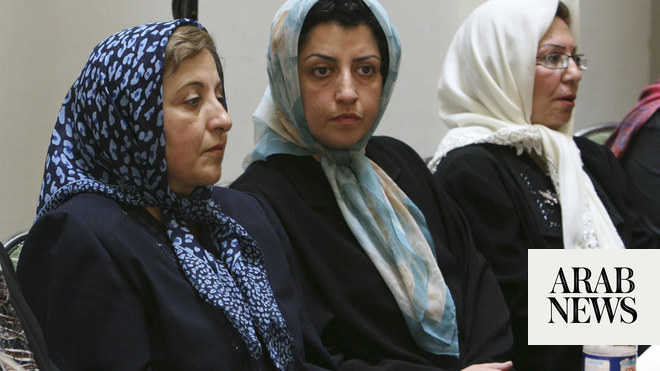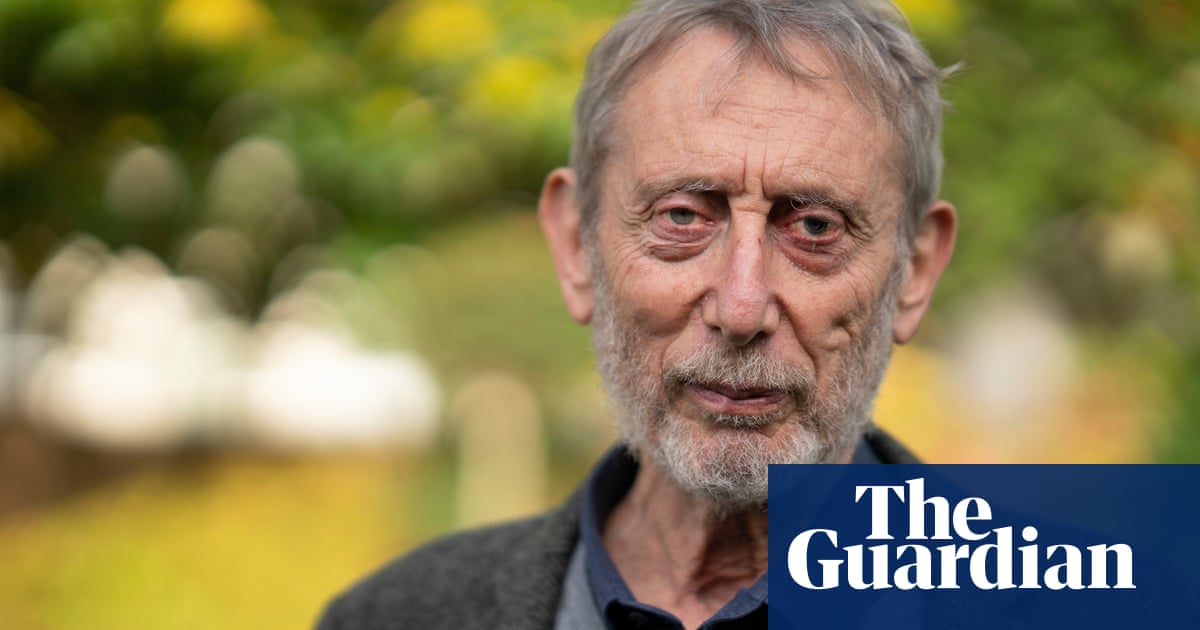
A river reed harvested from Victoria’s Maribyrnong River in Boonwurrung Country opens up alternative universes for Maree Clarke when she views it through a microscope.
“You see other worlds, you see galaxies, you see your grandmother’s doilies,” said the Mutti Mutti, Yorta Yorta, BoonWurrung/Wemba Wemba artist now living in Melbourne.
Clarke’s capacity to translate the microscopic world of nature into works of fragile, intricately detailed glass has earned her the $60,000 Melbourne prize for urban sculpture, announced at Federation Square on Wednesday night.
The award – an alternating annual prize that cycles through sculpture, music and literature every three years – recognises an artist’s body of work and how they will use the funds to build on their practice.
Clarke is dreaming big: a three-to-four metre-long microscopic river reed-patterned glass canoe consisting of 20 floating sections suspended from the ceiling of St Kilda’s Vivien Anderson Gallery.
“It will be beautiful,” Clarke said. “But I’m still trying to get my head around the size and scale.”
Earlier this year, the multimedia artist spent two months studying and photographing river reeds under the microscope at the University of Melbourne’s School of Biomedical Sciences before travelling to the US to take up an artist in residence position at Pilchuck Glass School in Washington state.
The river reed images were recreated on ceramic plates which were then imprinted on rods of glass and blown into formations.
Sign up for the fun stuff with our rundown of must-reads, pop culture and tips for the weekend, every Saturday morning
The judges of the urban sculpture prize – artist Emily Floyd, First Nations curator Kate ten Buuren and National Gallery of Victoria (NGV) contemporary art curator Katharina Prugger – said Clarke secured the prize for her recent experimental work in glass as well as the pivotal role she has played in the Victorian Indigenous art scene over the past three decades, where she has emerged as a leader in nurturing and promoting the diverse art forms practised by contemporary south-east Aboriginal artists.
Her public art, sculpture, painting and multimedia installations, which explore the ceremonies, rituals and language of her ancestors, has been collected by major Australian institutions including the National Gallery of Australia (NGA), the National Museum of Australia and the NGV. In 2021, her show Ancestral Memories was the first time the NGV had staged the solo show of a living Indigenous artist.
In 2017, her hologram installation Made from Memory (Nan’s house) was purchased by the NGA as part of the Defying Empire exhibition, marking the 50th anniversary of the 1967 referendum recognising Aboriginal and Torres Strait Islander people as part of the Australian population.
Clarke said the defeat of the recent voice referendum was still “fresh and raw” among many First Nations artists.
“It made me wonder what my mother and my grandmother were feeling the night before the ’67 referendum. That was a huge celebration for the whole country. And here we are, many years later, and it’s a big fat ‘no’ through a whole bunch of lies.
“It’s pretty shitty, to say the least. I dare say that will come out in artwork of the future.”
Since its inception in 2004, the annual Melbourne Prize has delivered $2m in awards, residencies, grants and public exhibitions, showcasing the influential work of living Victorian writers, sculptors and musicians in alternative years.
In 2021 novelist, playwright and screenwriter Christos Tsiolkas was awarded the Melbourne prize for literature, and in 2022 songwriter/singer Missy Higgins was awarded the Melbourne prize for music.
Clarke’s fellow finalists for the 2023 urban sculpture prize were Indigenous sculptor Kent Morris, ceramicist Vipoo Srivilasa and installation artist Joy Zou.











